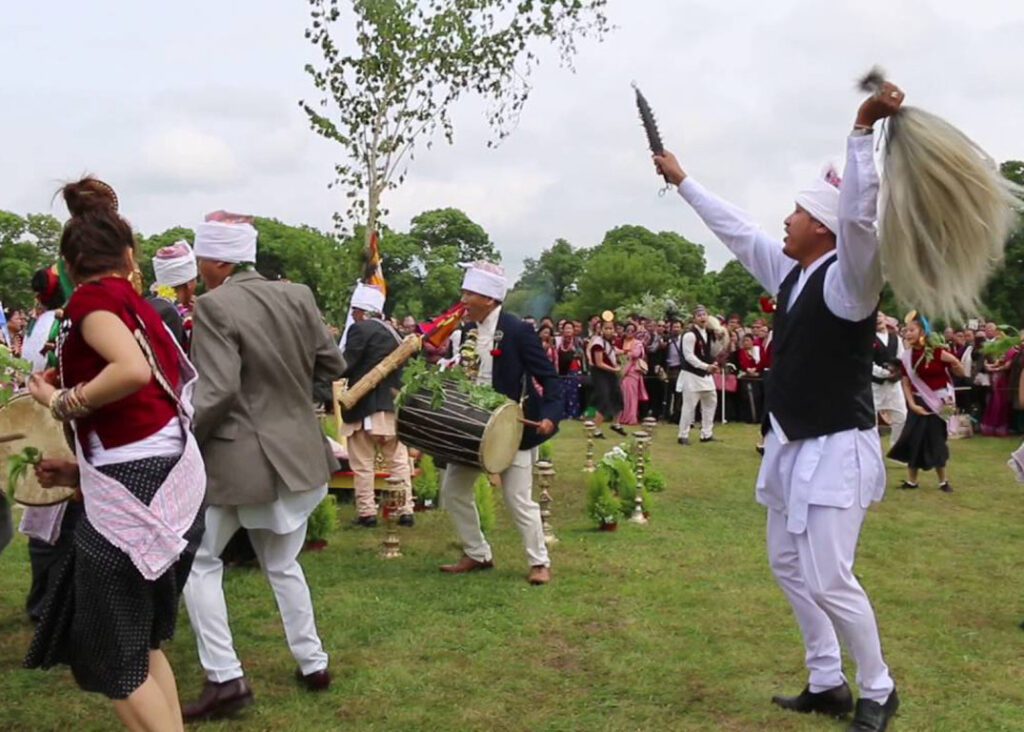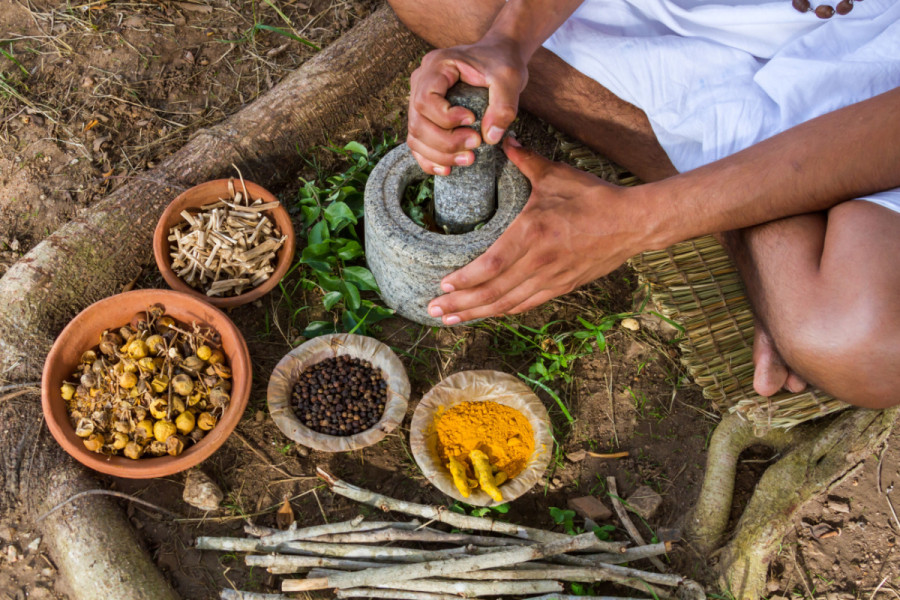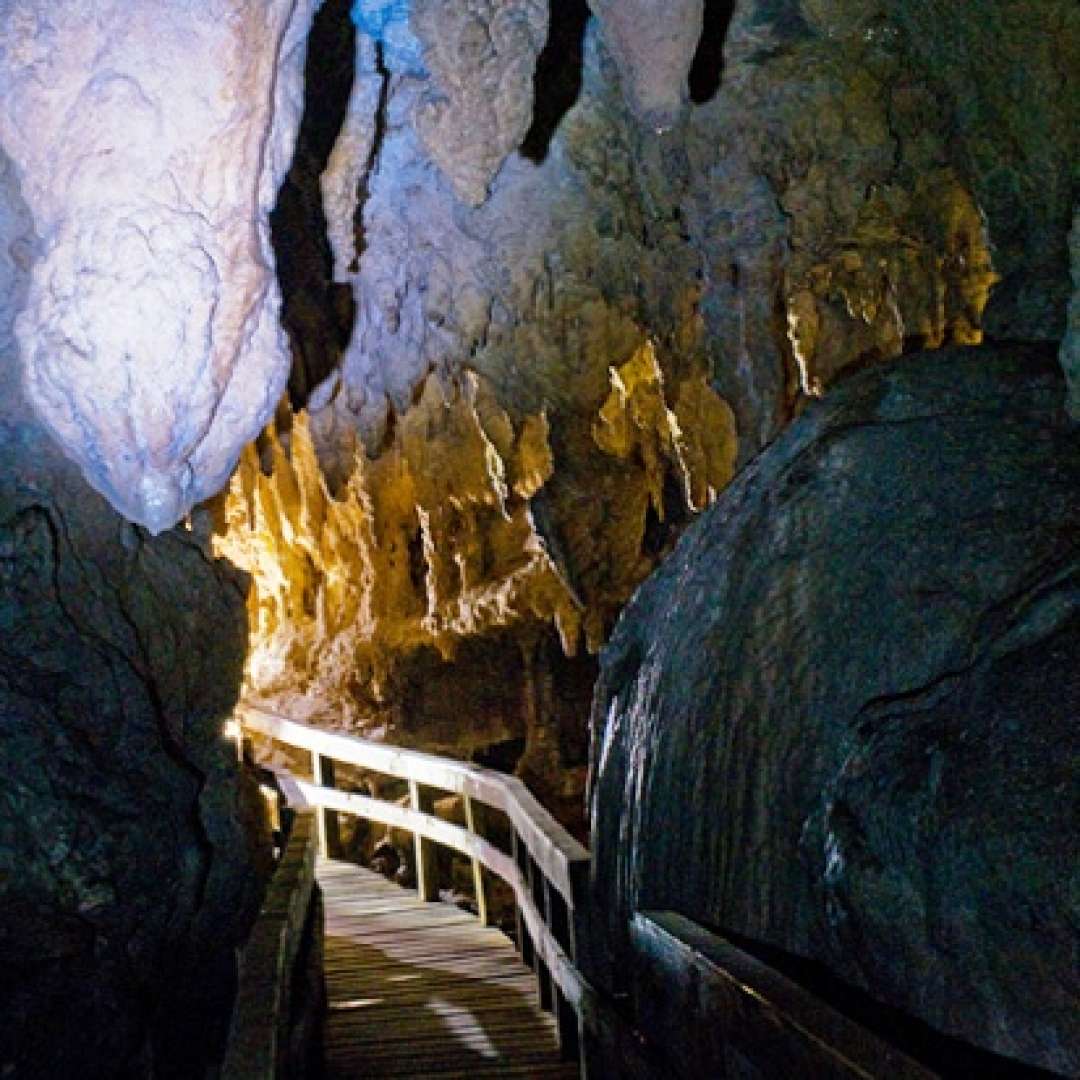Share this Article
Introduction
Nestled in the rugged, remote terrain of eastern Nepal lies a rich, often overlooked healing tradition tied to the name Baidyanath Dham. More than a pilgrimage site, Baidyanath and the surrounding region are rooted in ancient healing practices — where mythology, herbal knowledge, sacred space, and community converge in a tapestry of holistic wellness. In this article, we explore this mystical Baidyanath tradition of healing: its origins, geographical and cultural context, the healers and their craft, the rituals and medicinal flora, how it interfaces with modern health systems, and its future in the 21st century.
Historical and Mythical Roots
The Place: Baidyanath Dham
The shrine of Baidyanath is located in the hills of eastern Nepal. It is regarded as one of the sacred pilgrimage sites where healing and spiritual energy intersect. The very name “Baidyanath” means “Lord of Physicians,” referring to a legend in which Shiva acted as a healer. The temple is a symbol of transformation from sickness to health, from suffering to wholeness, and has attracted devotees and patients seeking both spiritual and physical healing for centuries.
Myth, Medicine, and Sacred Geography
The mythic dimension of Baidyanath is significant. It is believed that Shiva appeared as a healer at this place, blessing it with the power to cure disease. The confluence of rivers, the surrounding forest, and the temple itself all contribute to a sacred geography of healing — a place where the physical, spiritual, and medicinal converge. Visitors often report a sense of calm, hope, and renewal simply from being in this environment, reflecting the deep interconnection between the landscape and the healing tradition.
Geographical and Cultural Context
Landscape and Accessibility
The hills of eastern Nepal are home to abundant medicinal flora and long-standing indigenous practices. The terrain around Baidyanath is remote, and this isolation has helped preserve traditional healing methods. In rural communities, modern healthcare infrastructure is often difficult to access, so the knowledge and expertise of traditional healers remain essential for many families.
Ethnic and Cultural Background
The healing tradition is intertwined with the diverse ethnic and cultural fabric of Nepal. Healers, including Baidya (herbal physicians), shamans, and ritual specialists, form part of a rich ecosystem of traditional medicine. Each community contributes unique knowledge, ranging from herbal remedies to spiritual rituals, creating a holistic system that has been passed down through generations. In these communities, the healer is both a practitioner and a cultural custodian, embodying the history, spirituality, and environmental wisdom of the region.
The Healers and Their Craft
The Baidya (Herbal Physician) Tradition
Baidyas are herbal physicians who specialize in the use of medicinal plants, roots, and minerals. They diagnose ailments by observation, physical examination, and knowledge of herbal remedies. Their expertise is rooted in centuries of family tradition and close study of local flora, ensuring that their treatments are both effective and in harmony with the natural environment.
Ritual Healers: Shamans and Guruwas
In addition to herbal medicine, many illnesses are believed to have spiritual causes. Shamans, ritual healers, and Guruwas play vital roles in restoring balance through rituals, chants, and ceremonies. These practitioners combine spiritual guidance with herbal treatments, reflecting a worldview where the mind, body, and spirit are inseparable in the process of healing.
Transmission and Authority
Knowledge is passed down orally, through apprenticeship and family lineages. The authority of a healer is not measured by formal degrees but by reputation, lineage, and the trust of the community. Younger generations are less frequently entering these traditions, which poses challenges to the continuity of knowledge and practice.
Healing Modalities: Methods, Herbs, and Rituals
Herbal Medicines and Local Materials
The heart of Baidyanath healing lies in herbal medicine. Local plants, minerals, and sometimes animal products are carefully harvested and prepared for treatment. Remedies are used for a wide variety of ailments, including bone fractures, digestive issues, snakebites, and chronic illnesses. The methods of preparation — decoctions, pastes, powders, or external applications — are highly specialized and adapted to each patient’s condition.
Diagnostic Techniques
Diagnosis relies on close observation, patient history, and sometimes pulse reading. While not formalized like modern medicine, these techniques are refined through generations of practice and deep familiarity with human physiology and herbal effects.
Rituals and Spiritual Healing
Healing is often accompanied by ritual practices — chanting, fire ceremonies, offerings, and use of sacred objects. Rituals reinforce spiritual well-being and promote psychological and emotional balance, complementing the physical treatments. The temple setting enhances the power of these rituals, creating a holistic healing environment where body, mind, and spirit converge.
Diet, Lifestyle, and the Holistic View
Healing extends beyond treatments and rituals. Practitioners emphasize dietary changes, rest, lifestyle adjustments, and the cultivation of harmony with nature. This holistic approach considers the patient’s entire life context, seeking not only to cure disease but to restore balance and resilience.
The Role of Baidyanath: Healing and Pilgrimage Convergence
Baidyanath Dham serves as both a spiritual and healing center. Pilgrimage, ritual participation, and herbal treatment are intertwined, offering a multifaceted path to well-being. The temple amplifies the psychosocial and spiritual aspects of healing, creating an environment of hope, community support, and emotional restoration.
Interaction with Modern Medicine
Persistence of Traditional Healing
Traditional healing continues to play a central role in rural healthcare. It is accessible, trusted, culturally appropriate, and cost-effective. Even as modern hospitals become more prevalent, many families rely on herbal and ritual-based healing as a first line of care.
Challenges and Integration
The Baidyanath tradition faces challenges such as environmental changes, migration of younger generations, and lack of formal recognition. However, opportunities exist to integrate traditional healing with modern healthcare, creating systems that honor both scientific and indigenous knowledge.
Research, Validation, and Sustainable Use
Documenting medicinal plants, validating treatments, ensuring sustainable harvesting, and preserving healers’ knowledge are crucial for the future. Ethical engagement with these practices ensures that the tradition continues to thrive while maintaining its authenticity.
Cultural Significance and Community Well-being
Social Cohesion and Identity
The healing tradition strengthens community bonds. Healers are cultural custodians, and their practices reinforce social cohesion, intergenerational learning, and a sense of shared identity. Pilgrimages, rituals, and herbal practices create communal experiences that are both therapeutic and culturally enriching.
The Healing Journey: Mind, Body, and Spirit
Healing at Baidyanath is an immersive journey. The combination of ritual, landscape, and human care fosters not only physical recovery but also emotional and spiritual rejuvenation. This holistic view of health highlights the interconnectedness of human well-being and the natural world.
Transmission and Education
Knowledge transmission through apprenticeship, oral teaching, and interaction with nature ensures the continuity of the tradition. Younger generations have the potential to learn not only medicine but also ecological stewardship, ritual practice, and cultural heritage.
Threats, Opportunities, and the Future
Threats
Challenges include loss of biodiversity, youth migration, modernization pressures, and the need for safety and standardization of remedies. Without careful preservation, both the medicinal flora and the healer knowledge risk decline.
Opportunities
There is potential for holistic tourism, integration with public health, research and documentation, and community empowerment. These avenues can create sustainable income, preserve biodiversity, and strengthen cultural heritage while offering effective healthcare alternatives.
Lessons for the Future
The Baidyanath tradition teaches the value of place-based medicine, the integration of ritual and healing, and a holistic approach to well-being. Its preservation requires careful balance: adaptation without erasure, integration without exploitation, and respect for both knowledge and environment.
Practical Considerations for Visitors and Practitioners
Those wishing to experience or learn from the Baidyanath healing tradition should approach with respect, understanding, and mindfulness. Engagement may include pilgrimage, herbal study, participation in rituals, and ethical support of local communities. Awareness of safety, sustainability, and cultural sensitivity ensures a mutually beneficial experience for both practitioners and the community.
Conclusion
The mystical Baidyanath tradition of healing in eastern Nepal represents a living legacy of herbal wisdom, spiritual practice, ecological awareness, and communal well-being. It reminds us that health is not merely the absence of illness, but the balance of body, mind, spirit, and environment. Preserving and supporting this tradition ensures that future generations can continue to benefit from its profound insights and holistic approach to life, health, and healing.
Categories:
Culture & Traditions
Tags:
dashain
,
Baidyanath







